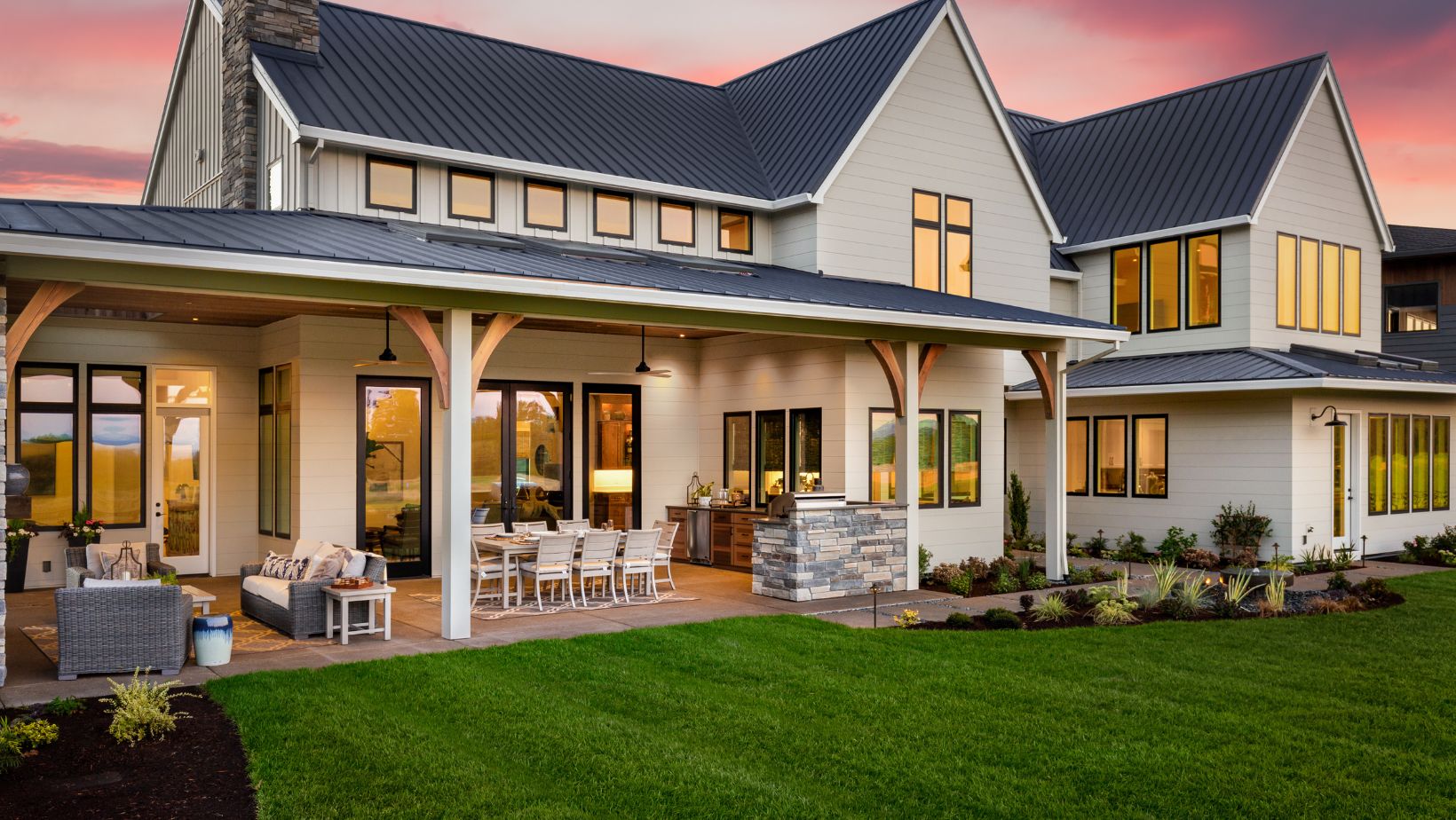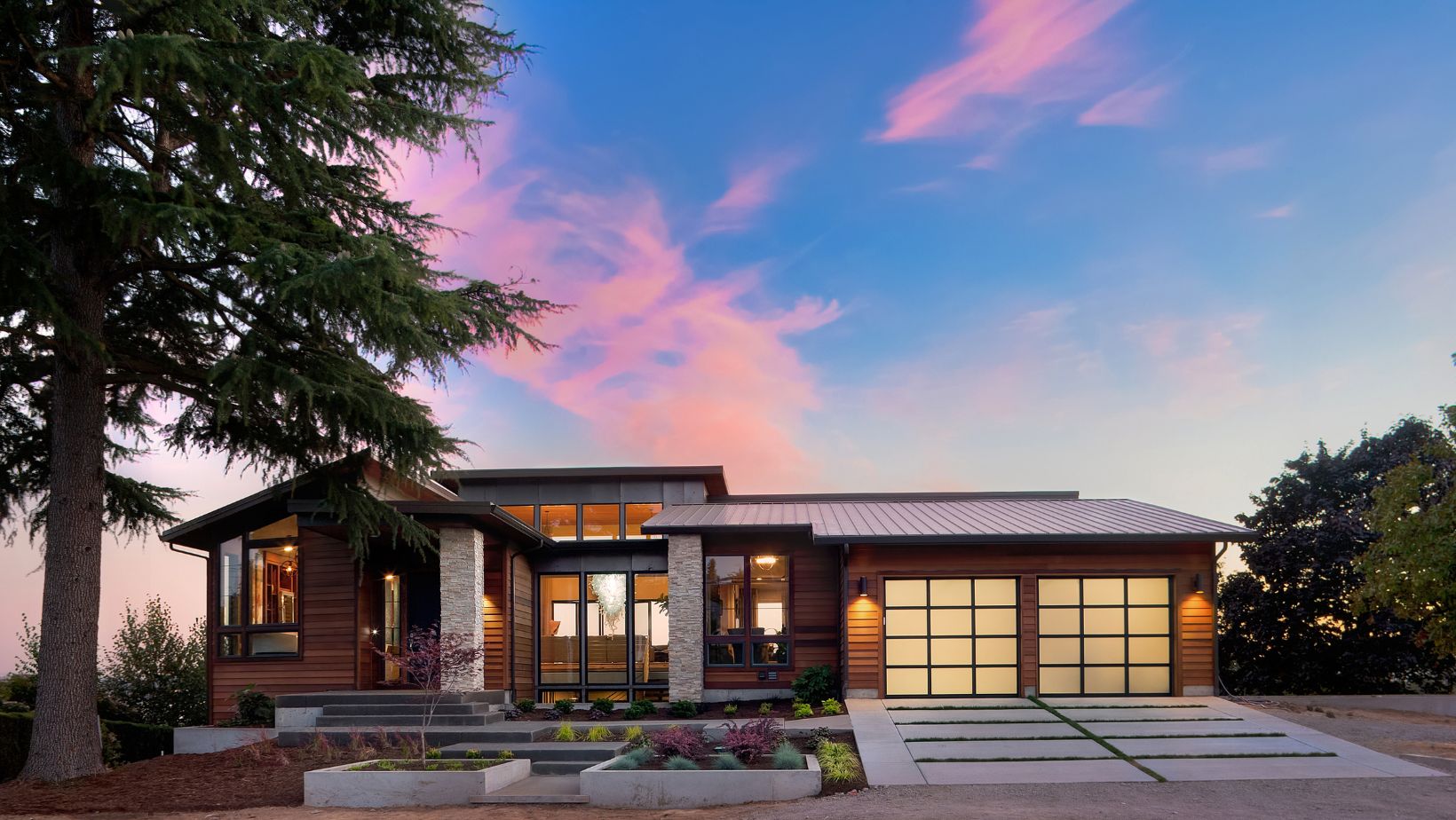Most of us spend a lot of time and money maintaining the inside of our homes—fresh paint, updated fixtures, spotless floors. But what about the outside? Your home’s exterior is the first line of defense against the elements, and if it’s starting to crumble, crack, or shift, it could lead to much bigger (and more expensive) problems down the line.
One issue that tends to creep up slowly is the deterioration of brickwork. Over time, the mortar between your bricks can break down due to weather, moisture, or just age. If left unchecked, it can cause structural instability, leaks, and even damage to interior walls. This is where professional brick repointing sydney services come in—restoring the strength and appearance of your brickwork before it becomes a major headache.
So how do you know when your home’s exterior needs attention? Let’s break it down.
What Is Brick Repointing (And Why Does It Matter)?
Repointing is the process of removing old, crumbling mortar between bricks and replacing it with fresh mortar. It’s more than just a cosmetic fix—it’s essential for maintaining the integrity of your brick walls.
Mortar acts like the cushion that holds your bricks together. When it begins to crack, fall out, or erode, it leaves gaps that let in water. That water can then seep into the structure, freeze and expand in colder weather, or encourage mold and decay behind your walls.
By catching these issues early and repointing the affected areas, you prevent further deterioration—and avoid having to replace entire sections of wall.
Signs Your Brickwork Needs Attention
Your home won’t shout at you when something’s wrong, but there are subtle signs you can look for:
- Crumbling or missing mortar
- Water stains on interior walls near brick sections
- Efflorescence (white, powdery buildup) on brick surfaces
- Loose or cracked bricks
- Visible gaps between bricks and mortar
- Increased drafts or damp spots inside the house
If you notice one or more of these, it’s a good idea to have your brickwork inspected by a qualified masonry specialist.
Why This Isn’t a DIY Job (Usually)
While you can find plenty of tutorials online about repointing, the reality is that doing it properly takes time, training, and the right materials. Matching mortar color and consistency, ensuring the right depth, and applying it with care all matter.
Poorly done repointing can actually trap moisture inside the wall, which leads to faster deterioration. Professionals know how to blend old and new mortar seamlessly and follow the best techniques to ensure the longevity of the repair.
If it’s a small, low-traffic area—like a garden wall—you might give it a try. But for anything structural or close to your home’s foundation or facade, it’s worth bringing in an expert.
The Long-Term Benefits of Repointing
Repointing isn’t just about avoiding future repairs—it also:
- Extends the life of your home’s exterior
- Improves curb appeal, especially if you’re thinking of selling
- Boosts insulation and weather resistance
- Protects your investment by keeping bigger structural issues at bay

Think of it like servicing your roof or sealing your windows—it’s one of those essential maintenance tasks that can save you thousands in the long run.
When’s the Ideal Time to Do It?
Spring and autumn are generally ideal for repointing. Extremely hot weather can dry the mortar too quickly, while wet or freezing conditions prevent it from setting properly.
That said, if your wall is actively deteriorating or allowing water inside, don’t wait for the “perfect” season. Professionals can work around weather conditions with the right planning and materials.
A Quick Maintenance Checklist
Want to stay on top of your brickwork before it gets worse? Here’s what to do:
- Walk around your home’s exterior once every 6 months
- Check brick walls after heavy rain or temperature swings
- Look for cracks, gaps, or discoloration
- Get professional inspections every few years—especially for older homes
- Address small issues before they become big ones
Being proactive is key. A short weekend inspection now could prevent costly repairs in the future.
Final Thoughts
Your home’s exterior does more than make a good first impression—it protects everything inside. Taking care of your brickwork through regular maintenance and timely repointing ensures your house stays safe, dry, and standing strong for years to come.

So the next time you’re power-washing your patio or planning a garden update, take a moment to look up at your walls. Are they sending you silent signals for help? If so, now’s the time to act—before the problem goes from minor to major.


